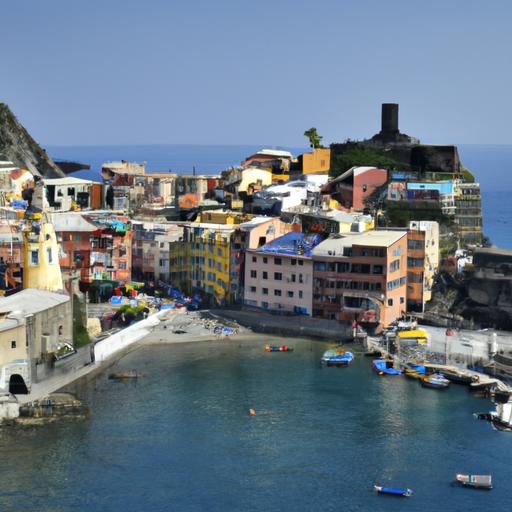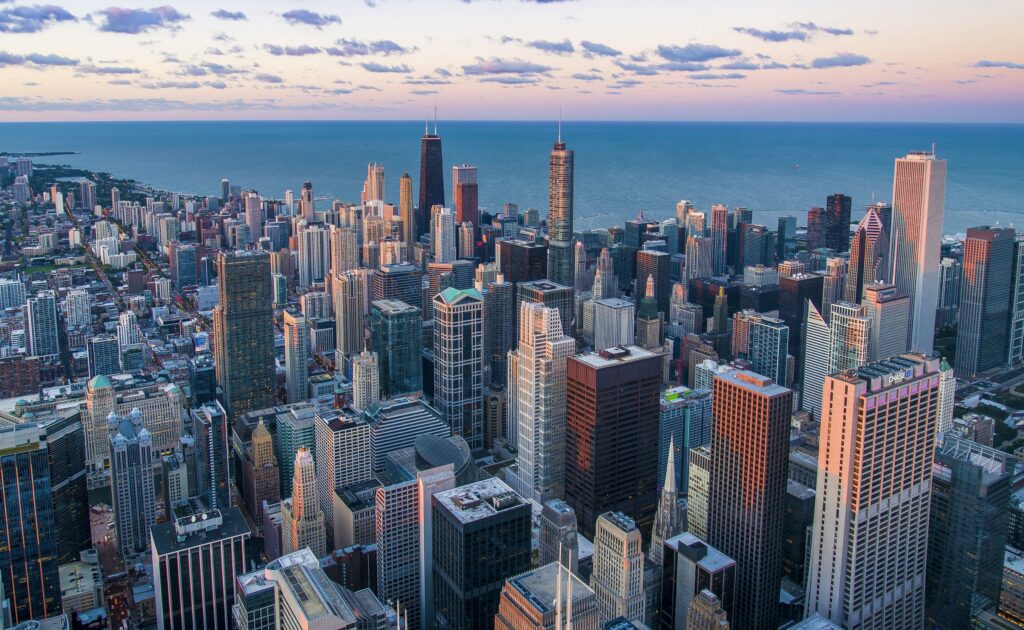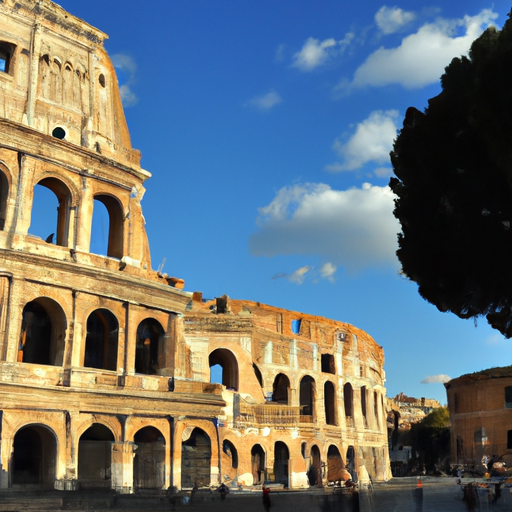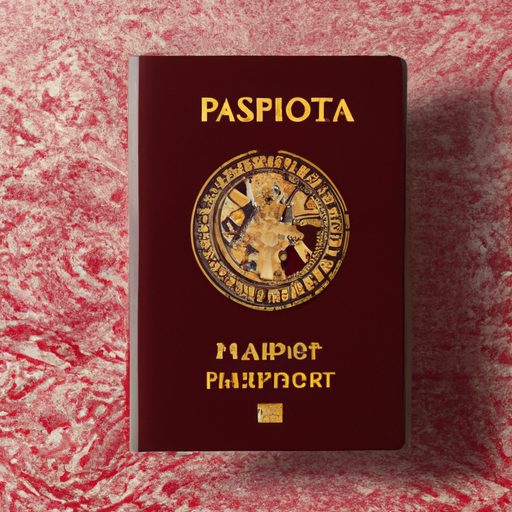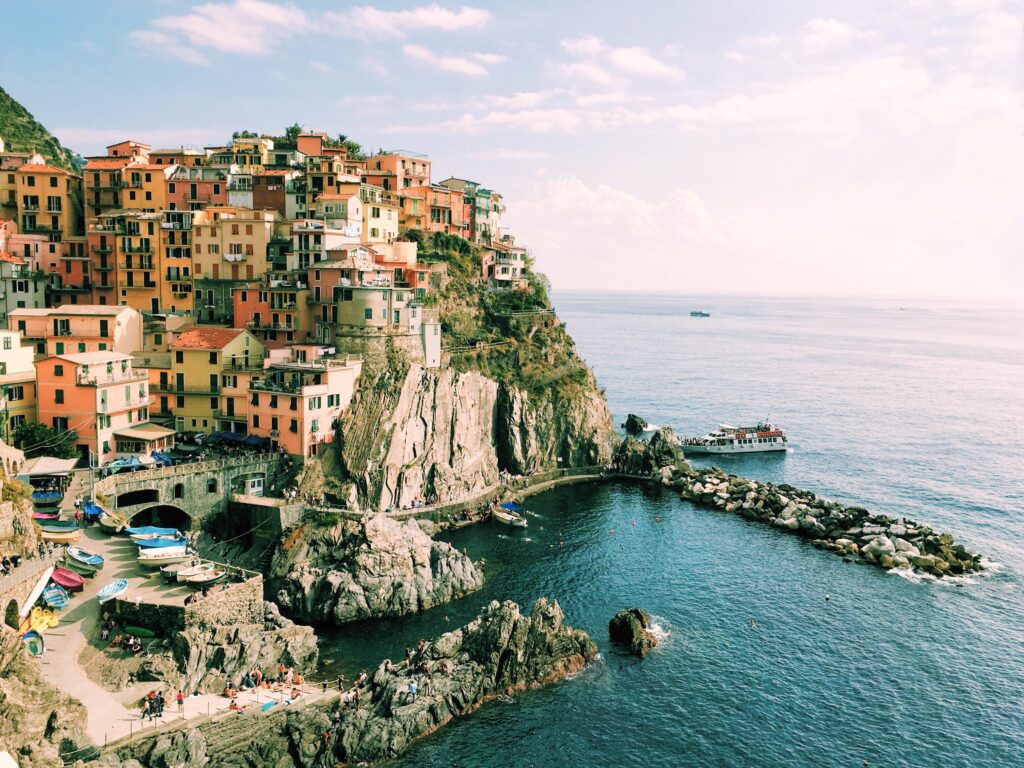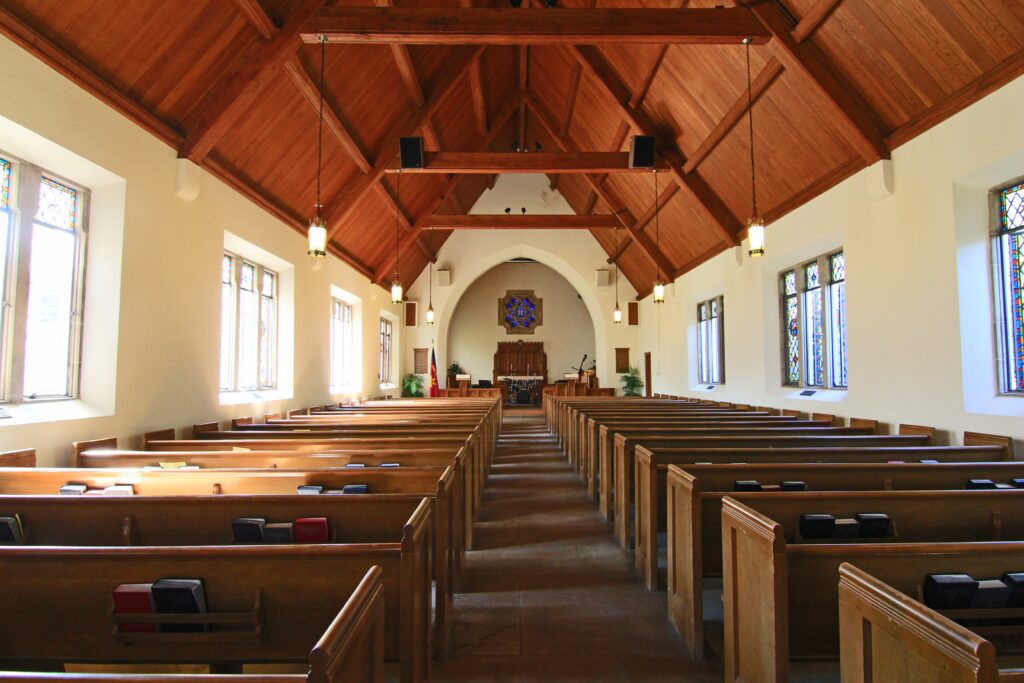In this article, we will discuss the best time of year to visit Italy and what you can expect during each season. From the bustling streets of Rome to the serene countryside of Tuscany, Italy is a country that offers something for every traveler. Whether you’re interested in exploring ancient ruins, savoring authentic Italian cuisine, or simply soaking up the sun on the Amalfi Coast, we’ll guide you through the ideal times to experience the beauty and charm of this remarkable destination.
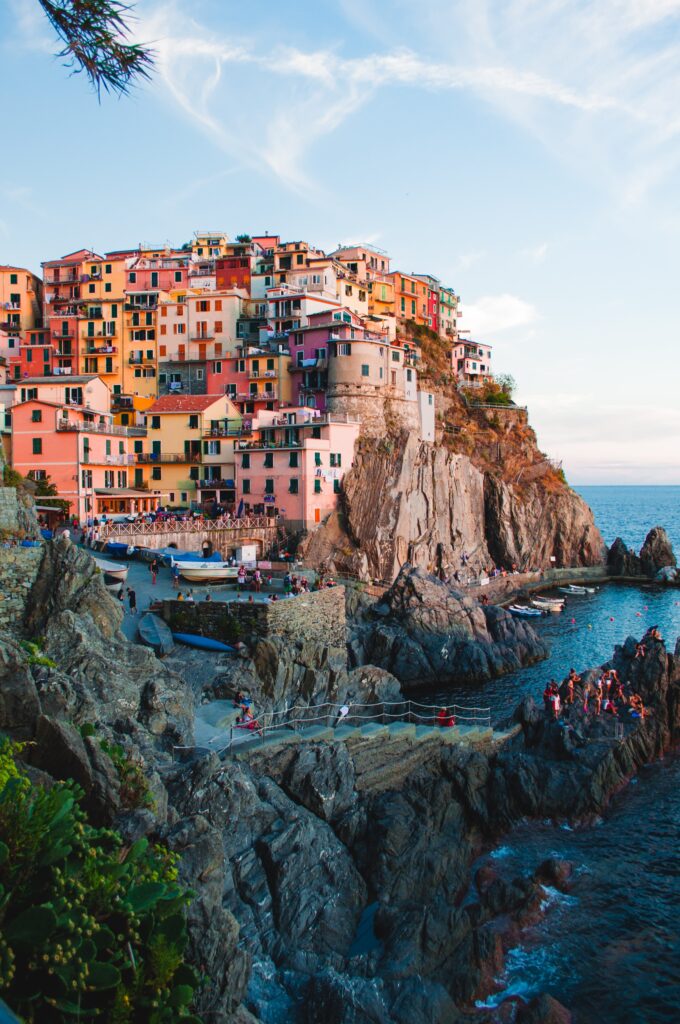
Weather in Italy
Overview of Italy’s climate
Italy’s climate varies greatly depending on the region, but generally, it can be described as Mediterranean. The country experiences hot and dry summers along the coast, with pleasant temperatures and occasional rainfall in the central regions, and cold and wet winters in the northern parts, especially in the Alpine regions.
Temperature and precipitation patterns throughout the year
In the peak of summer, temperatures can soar above 30 degrees Celsius (86 degrees Fahrenheit) along the coast, making it the perfect time for beach lovers. However, the interior and northern areas of Italy can become quite hot and humid during this time, making it less enjoyable for some.
During the winter months, particularly in the northern regions, temperatures can drop below freezing, and snowfall is common in the Alps and Dolomites. The southern parts of Italy, including Sicily and Sardinia, experience milder winters with temperatures around 10 degrees Celsius (50 degrees Fahrenheit).
Peak Tourist Season
Months when tourists flock to Italy the most
The peak tourist season in Italy typically falls between June and August when schools are out and families plan their vacations. During these months, popular tourist destinations such as Rome, Florence, and Venice can be overcrowded with tourists from all around the world.
Pros and cons of visiting during peak season
Visiting Italy during the peak season has its advantages and disadvantages. On the one hand, the weather is warm and sunny, making it the perfect time to enjoy Italy’s beautiful coastline and outdoor activities. Additionally, many festivals and cultural events take place during this time, offering a vibrant atmosphere for visitors.
However, the major drawback of visiting Italy during the summer is the high number of tourists, which can result in long queues, crowded attractions, and higher accommodation prices. It is also important to note that some Italians take their holidays during August, and some businesses may be closed during this time.
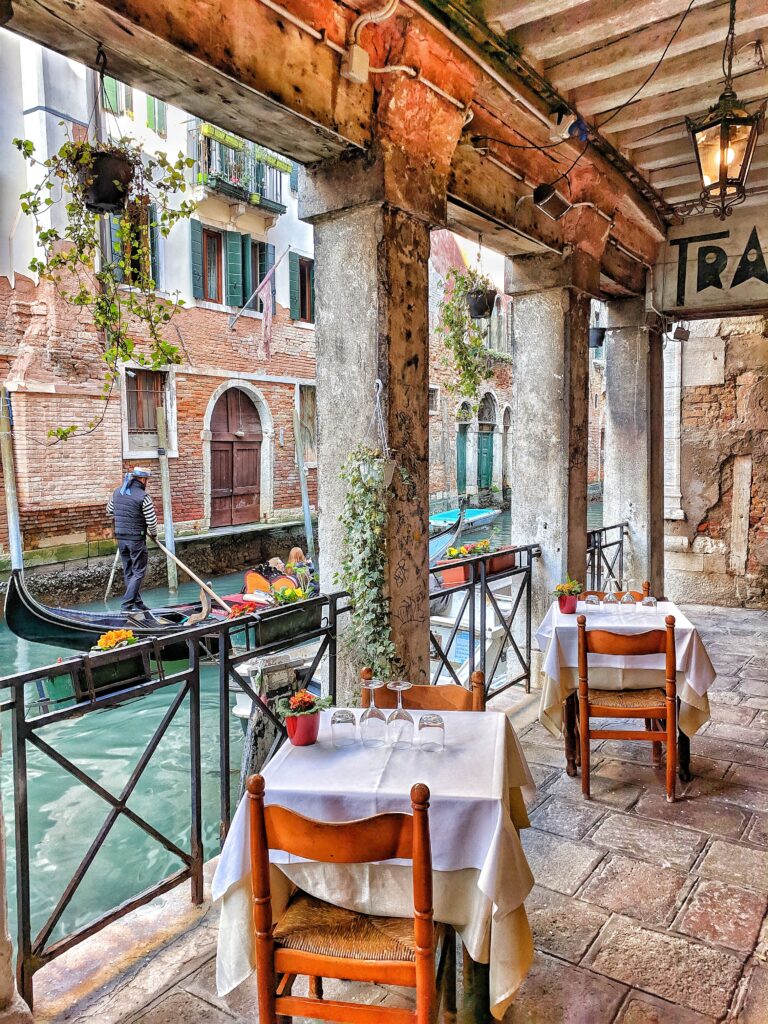
Shoulder Seasons
Description of spring and autumn in Italy
Spring (March to May) and autumn (September to November) are considered the shoulder seasons in Italy. These months provide a more temperate climate with comfortable temperatures and less crowded tourist areas.
In spring, the landscapes come alive with blooming flowers and lush greenery, making it an ideal time for nature lovers. Autumn, on the other hand, is known for its picturesque landscapes filled with golden hues and vineyards harvesting their grapes.
Advantages and disadvantages of visiting during shoulder seasons
Visiting Italy during the shoulder seasons allows you to avoid the summer crowds, enjoy pleasant weather, and experience the country at a slower pace. Attractions and museums are less crowded, and you can often find better deals on accommodation and flights.
However, it’s worth noting that the weather during the shoulder seasons can be unpredictable, with occasional showers and cooler temperatures. Some attractions and restaurants may have limited operating hours compared to the summer months.
Off-Season
Winter in Italy and its impact on tourism
Winter in Italy, especially in the northern regions, brings colder temperatures and snowfall, which transforms the country into a winter wonderland. Ski resorts in the Alps and Dolomites become popular destinations for winter sports enthusiasts.
However, the off-season in Italy also means fewer tourists, lower prices, and a more authentic experience. The major cities are less crowded, allowing you to explore the attractions at your own pace. You can also take advantage of the cozy atmosphere in cafes, indulge in hearty Italian cuisine, and visit museums without long queues.
Benefits and drawbacks of traveling during the off-season
Traveling to Italy during the off-season has its advantages and disadvantages. On the positive side, you can enjoy lower prices on flights, accommodations, and attractions. The lack of crowds also gives you the opportunity to truly immerse yourself in Italy’s culture and interact with locals.
However, it’s important to note that some tourist services and attractions may have reduced operating hours during the off-season. In the coastal areas, many beachside businesses close for the winter months, limiting outdoor activities. Additionally, the weather can be cold and rainy, particularly in the northern parts of Italy.
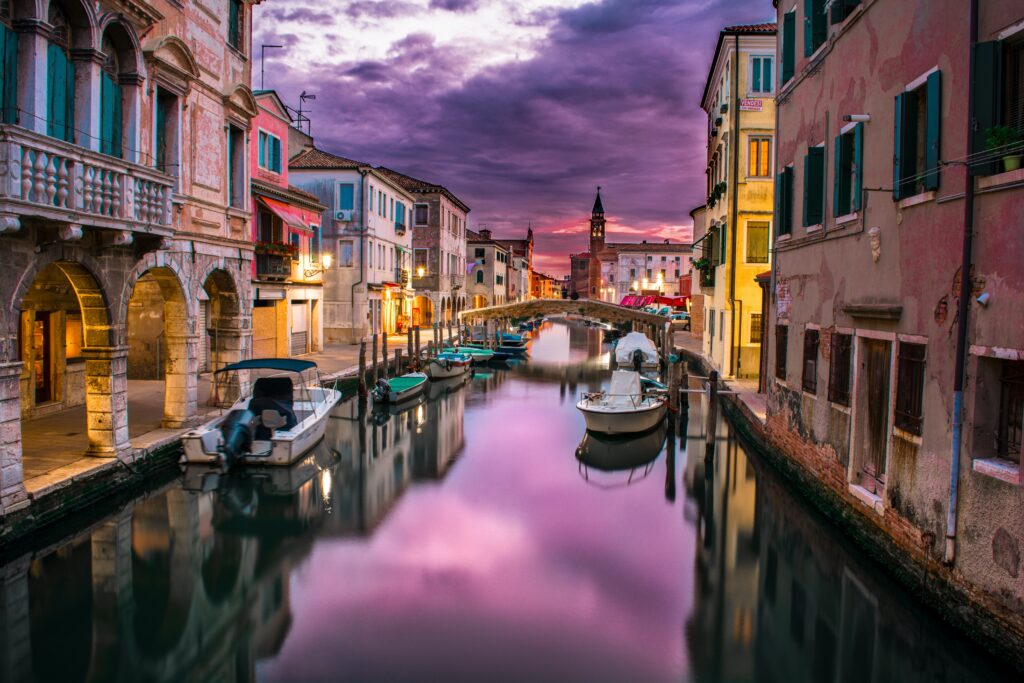
Popular Summer Destinations
Top cities and regions to visit in the summer
When it comes to summer destinations in Italy, the coastal areas are the most popular choices. The Amalfi Coast, with its stunning cliffside villages and turquoise waters, attracts visitors from all over the world. The island of Sardinia is known for its pristine beaches and crystal-clear sea, making it a paradise for sun worshippers.
Cities such as Rome, Florence, and Venice are also popular during the summer, offering a mix of cultural attractions, historical sites, and vibrant nightlife.
Attractions and events during the summer months
Summer in Italy is synonymous with festivals and events. In Rome, you can witness outdoor concerts and theater performances in iconic locations such as the Colosseum. Florence hosts the renowned Calcio Storico, a traditional football tournament held in Piazza Santa Croce. In Venice, the Biennale Art Exhibition takes place every two years, showcasing contemporary art from around the world.
Notable Spring Destinations
Recommended places to visit in spring
Spring is a beautiful time to explore Italy’s countryside and smaller towns. Tuscany’s rolling hills are adorned with blooming flowers and vineyards, offering picture-perfect landscapes. The Umbria region, known as the “Green Heart of Italy,” is filled with medieval hilltop towns and scenic landscapes that come alive in spring.
The Italian Lakes, such as Lake Como and Lake Garda, are also great destinations in the spring when the flowers are in bloom and the temperatures are pleasant.
Spring festivals and cultural events
Italy’s calendar is filled with spring festivals and cultural events. In Venice, the Carnevale di Venezia takes place in February or March, featuring elaborate masks and costumes. Florence hosts the Scoppio del Carro, a spectacular Easter tradition where a cart filled with fireworks is ignited in front of the Duomo.
In Rome, the birthday of the city, known as “Natale di Roma,” is celebrated in April with parades, reenactments, and historical events.
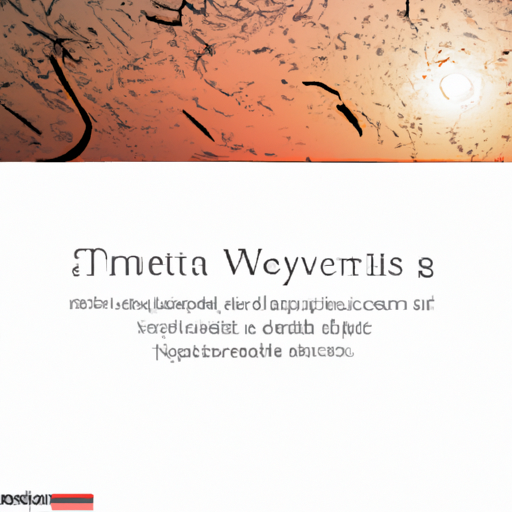
Notable Autumn Destinations
Highlighting autumn destinations in Italy
Autumn in Italy is a season of rich colors and bountiful harvests. The vineyards come to life, and the countryside is drenched in hues of gold, red, and orange. The Val d’Orcia region in Tuscany is particularly stunning during this time, with its rolling hills, cypress trees, and vineyards.
The region of Piedmont is also a must-visit in autumn when the grape harvest takes place and the famous truffle season begins.
Wine and food festivals during the fall
Autumn in Italy is a paradise for food and wine enthusiasts. The harvest season brings numerous festivals celebrating the country’s culinary delights. The Alba White Truffle Fair in Piedmont is a renowned event where visitors can savor the prized white truffles.
In Tuscany, the Chianti Wine Festival offers tastings of the region’s famous wines, while the Eurochocolate festival in Perugia celebrates all things chocolate.
Winter Highlights
Winter activities and attractions in Italy
Italy offers a range of winter activities and attractions. Skiing and snowboarding in the Alps and Dolomites are popular choices for winter sports enthusiasts. Cortina d’Ampezzo, Madonna di Campiglio, and Val Gardena are some of the top ski resorts in Italy.
For those interested in culture and history, the museums and art galleries in major cities like Florence, Rome, and Turin offer a cozy escape from the cold weather.
Celebrating Christmas and New Year’s in Italy
Spending Christmas and New Year’s in Italy can be a magical experience. The cities are decked out in festive decorations, and Christmas markets pop up in town squares. Rome’s Piazza Navona transforms into a winter wonderland, and Venice is known for its traditional gondola parades on Christmas Day.
New Year’s Eve in Italy is celebrated with fireworks, parties, and special events. Florence hosts a spectacular fireworks display over the Arno River, while in Rome, the streets around the Colosseum are filled with revelers welcoming the new year.
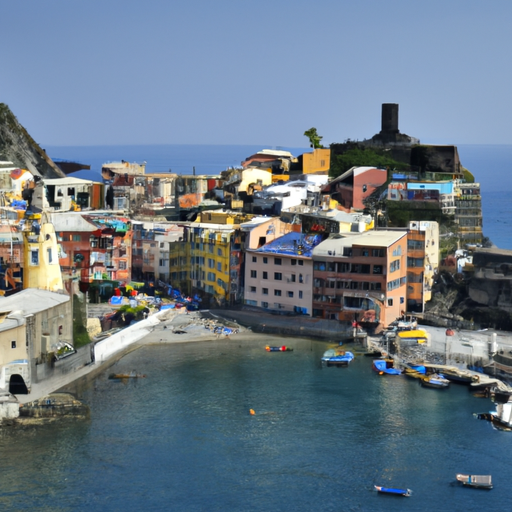
Lesser-Known Gem Months
Underrated months to visit Italy
While peak and shoulder seasons attract the majority of tourists, there are some underrated months that offer unique experiences in Italy. October, for example, is a great time to visit as the weather is still pleasant, the crowds have diminished, and you can witness the olive harvest in Tuscany and Umbria.
February is another gem month in Italy, especially for art lovers. Many museums and attractions have shorter queues, allowing you to appreciate the country’s rich cultural heritage at a leisurely pace.
Hidden gems and unique experiences
Visiting Italy in the off-peak months gives you the opportunity to explore lesser-known destinations. The region of Puglia in southern Italy, with its charming whitewashed towns and picturesque coastline, is a hidden gem that offers a taste of authentic Italian life.
The small island of Procida, located in the Bay of Naples, is another hidden treasure known for its colorful houses, tranquil atmosphere, and lack of tourist crowds.
Conclusion
When deciding on the best time to visit Italy, it ultimately comes down to personal preferences and interests. Each season offers something unique and different, whether it’s enjoying the vibrant summer atmosphere, witnessing the magnificent landscapes of spring and autumn, or embracing the cozy charm of winter.
Consider the weather, tourist crowds, cultural events, and activities that resonate with you the most. Italy is a country that has so much to offer throughout the year, ensuring a memorable experience no matter when you choose to visit. So, pack your bags and get ready to explore the beauty and charm of Italy, whichever season you decide to embark on your Italian adventure.

